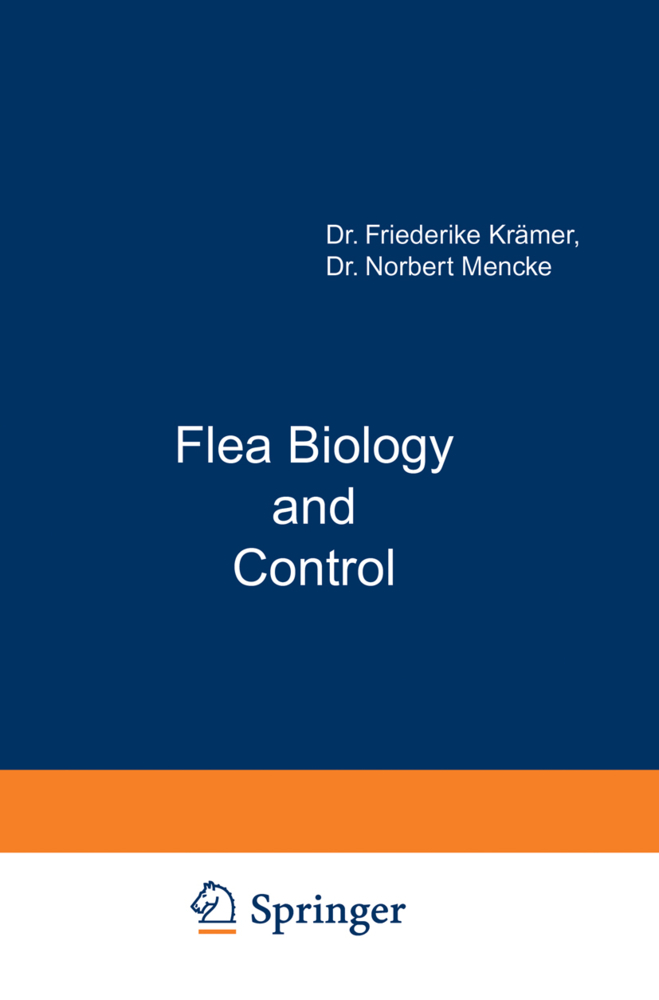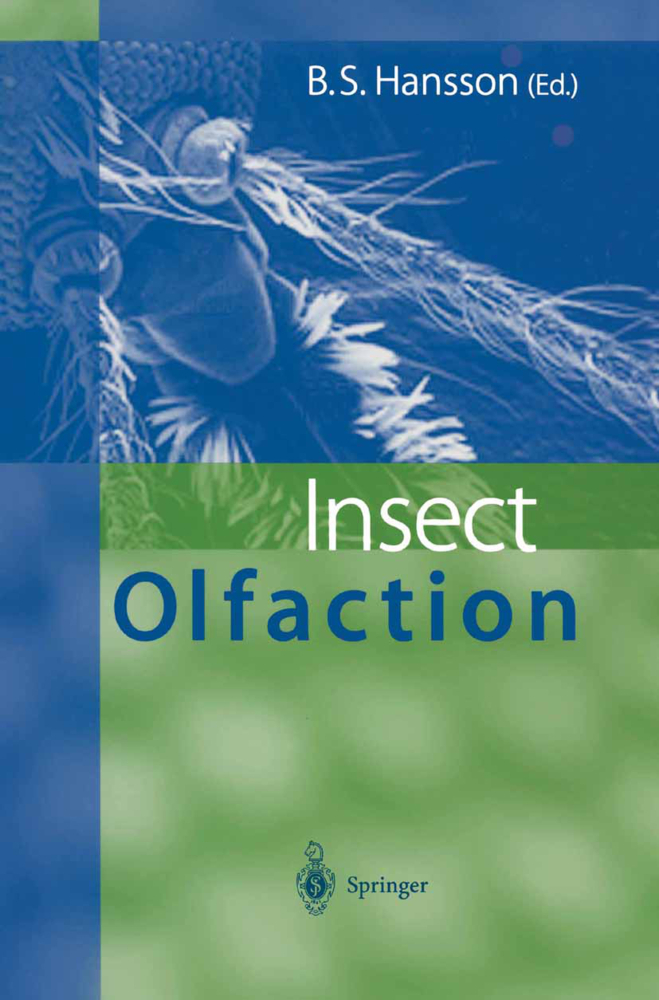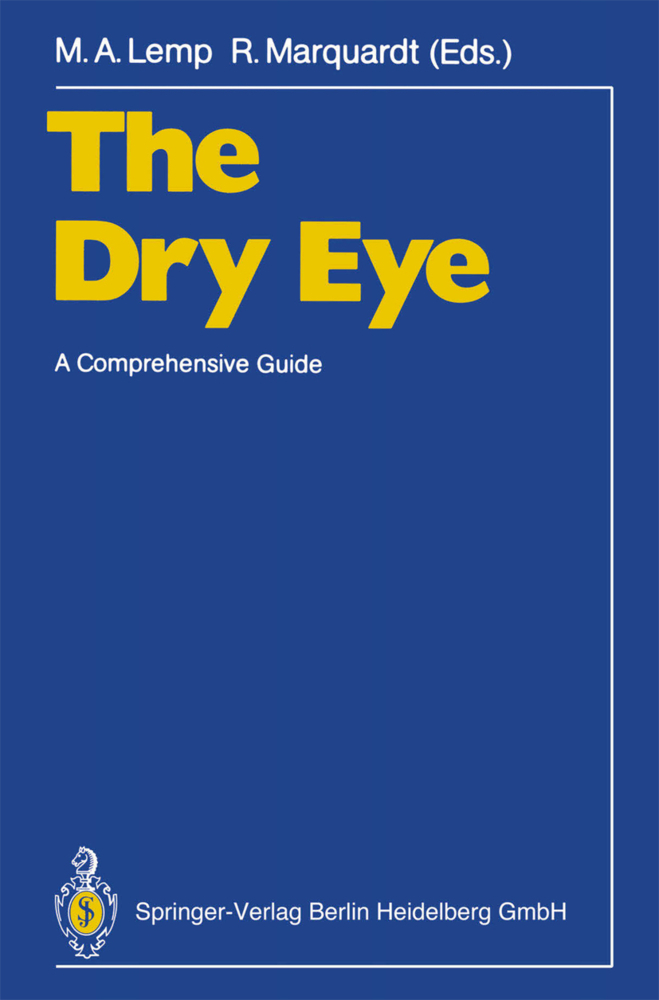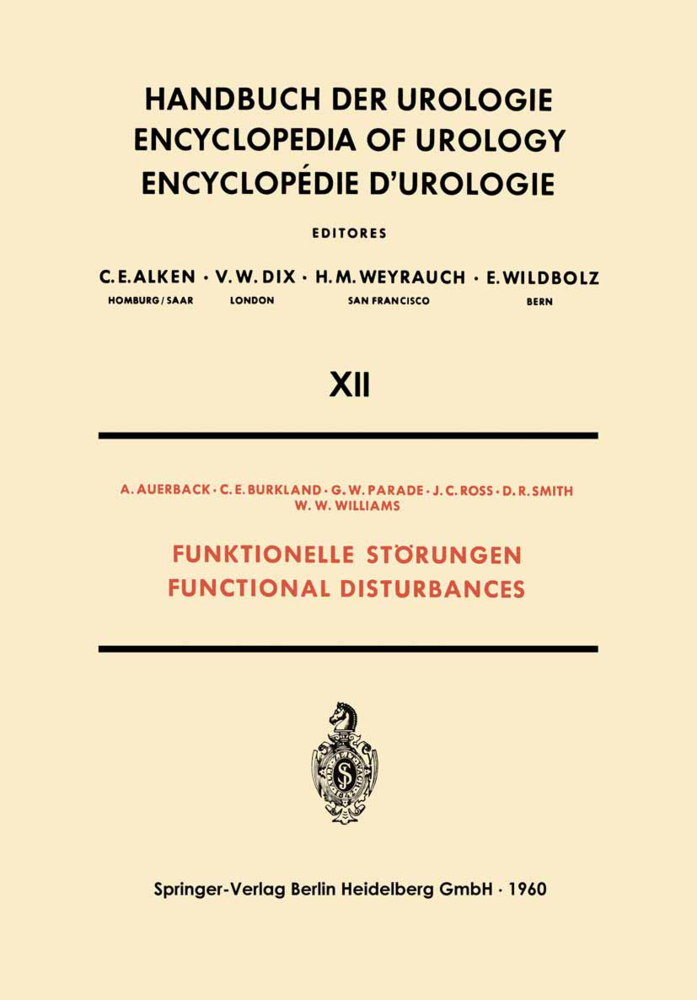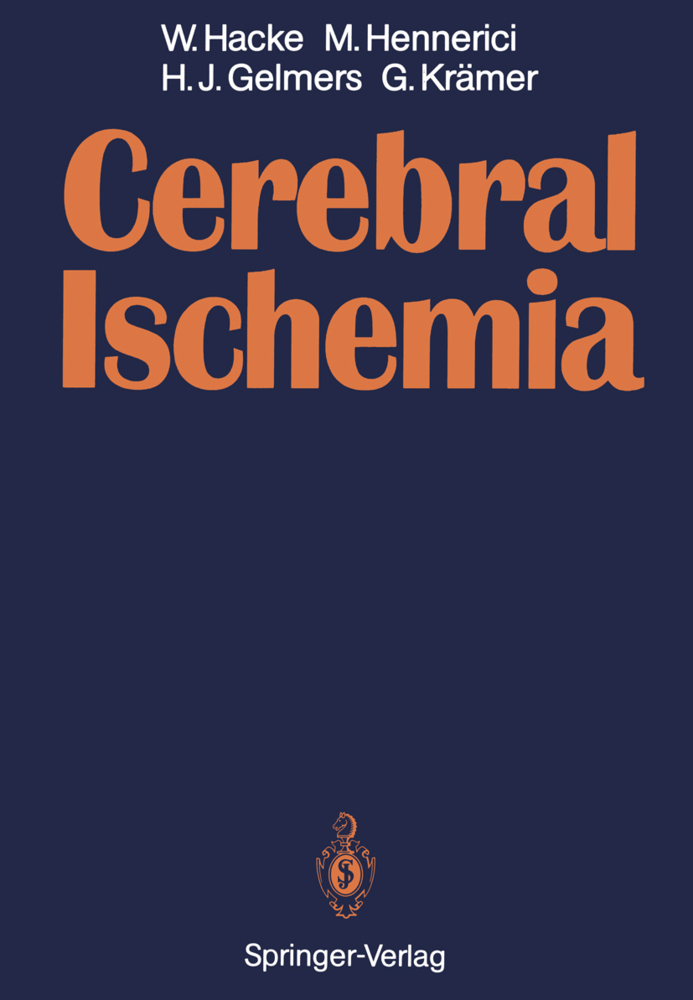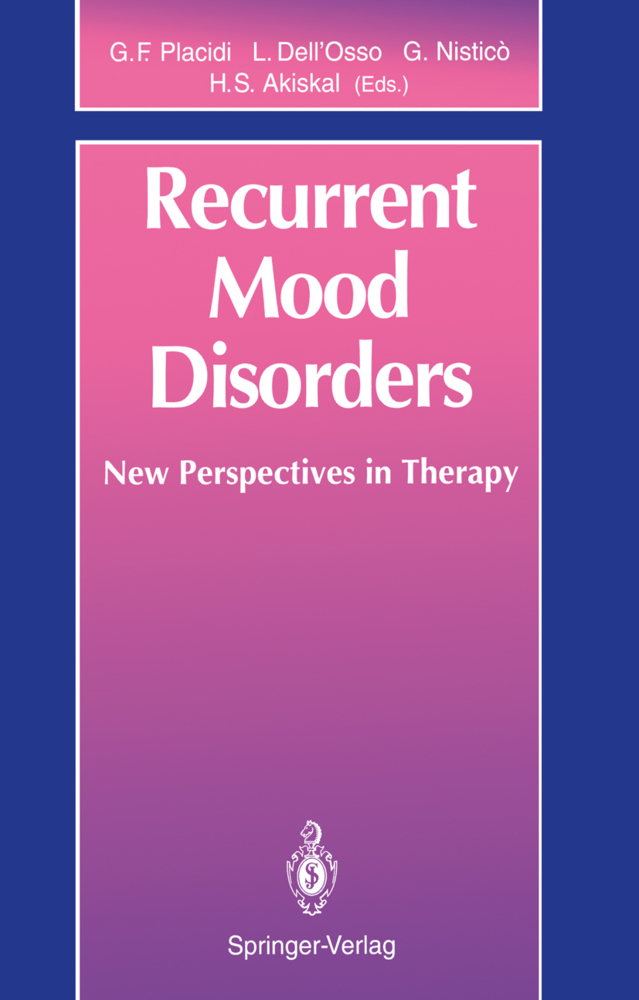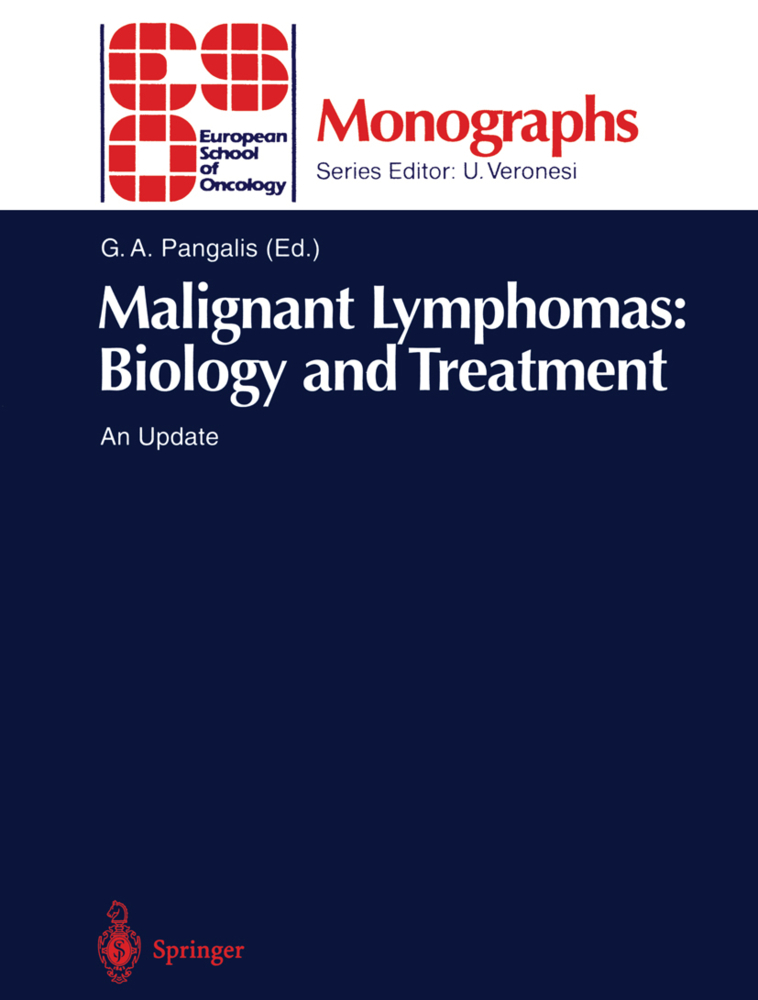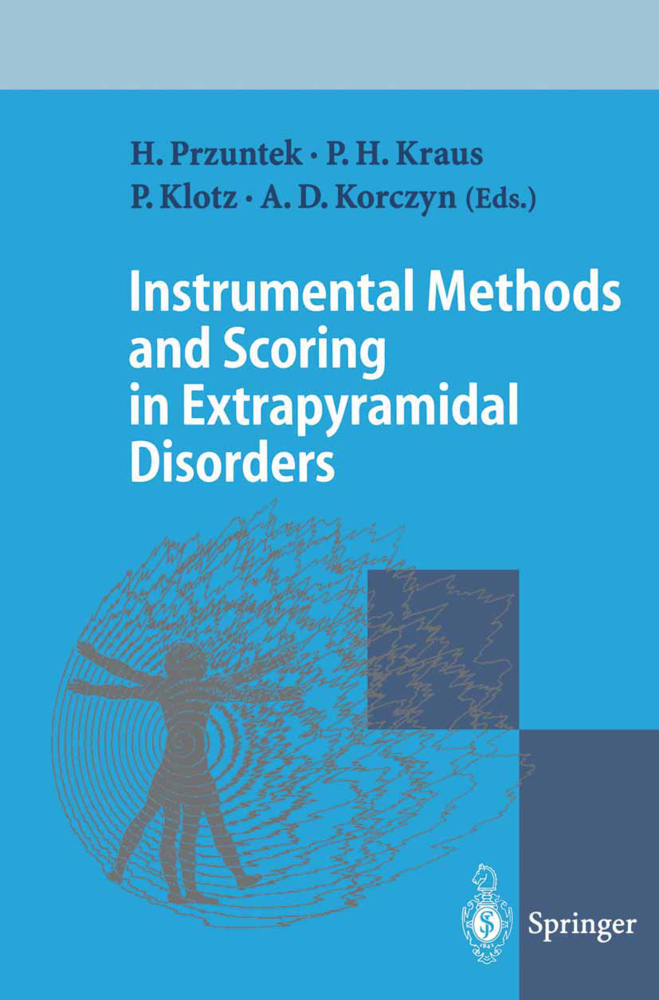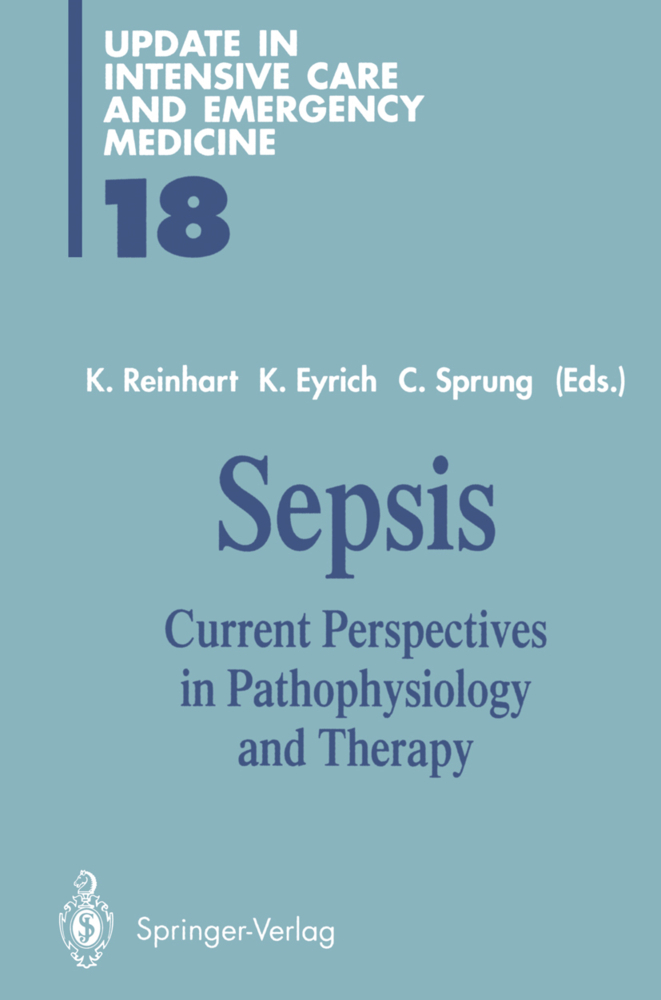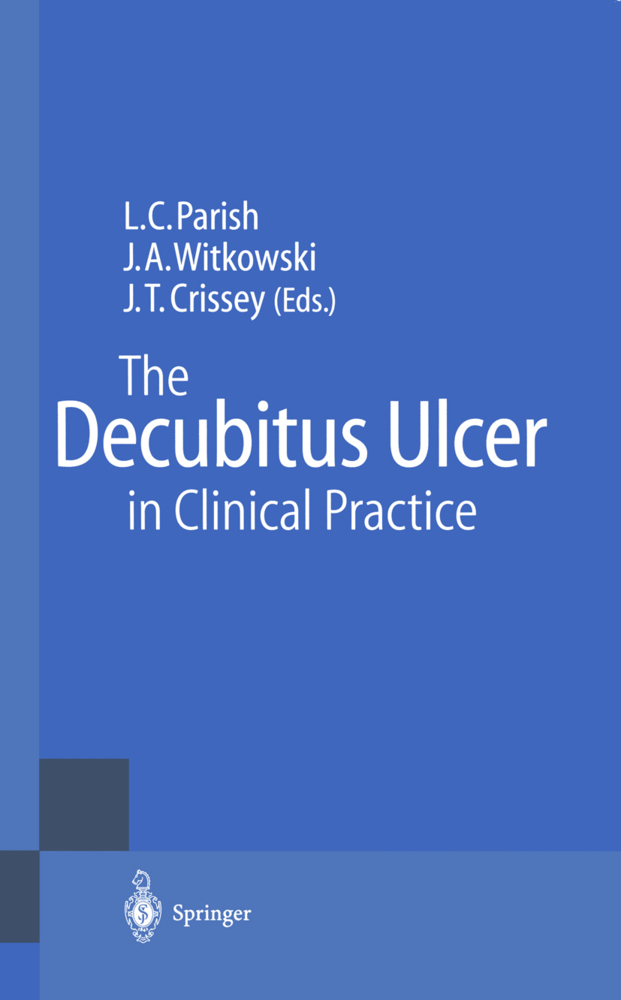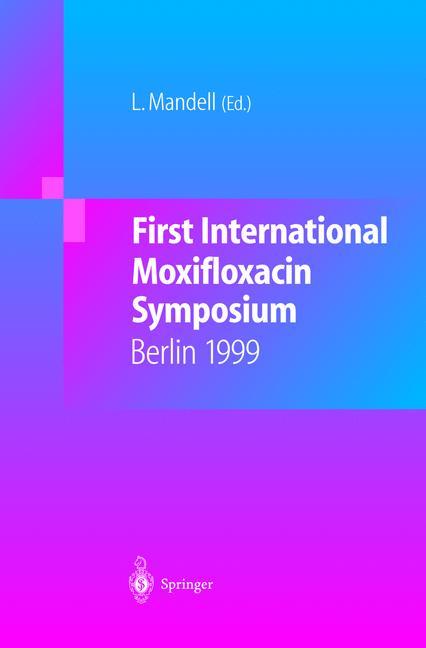Flea Biology and Control
The Biology of the Cat Flea Control and Prevention with Imidacloprid in Small Animals
Flea Biology and Control
The Biology of the Cat Flea Control and Prevention with Imidacloprid in Small Animals
The book describes in great detail the complex life cycle of fleas. The text is based on the example of the cat flea (Ctenocephalides felis), the most important ectoparasite. The cat flea parasitizes not only dogs and cats but also warm-blooded animals and even humans. Besides being the cause of painfully itching bites and allergic skin diseases it is also a vector for viruses, bacteria, nematodes and cestodes. Over the years the market for insecticide use in small animals has become a major segment of the chemical-pharmaceutical industry.
Insecticides of the new generation should not only fight the existing infestation (therapy) but should also effectively prevent new infestations for weeks (prophylaxis). The latest class of chemicals developed to this effect are chloronicotinyls (syn. neonicotinoides). Imidacloprid is the first member of this class of insecticides with a high selectivity towards the site of action within an insect. Applied to the skin it combats flea infestation and prevents new infestations for at least four weeks. Flea Biology and Control describes the entire development behind the compound, starting with its discovery all the way to its use in the final product.
3 Taxonomy
4 Dissemination and Economic, Veterinary and Medical Importance
Origin and Distribution
Economic Importance
Veterinary Importance
Medical Importance
5 Developmental Cycle of Fleas
Eggs
Larvae
Pupae
Preemerged Adults
Adults
6 Flea Epidemiology
7 Flea-Related Dermatitis
Flea Bite Dermatitis
Flea Allergy Dermatitis (FAD)
Diagnosis of FAD and Flea Bite Dermatitis
Treatment of Flea-Related Skin Diseases
Treatment of the Premises
8 Resistance
9 Imidacloprid
History of Imidacloprid
Chemical Properties of Imidacloprid
Biological Profile, Mode of Action and Direct Insecticidal Activity
Indirect Insecticidal Effects
Resistance of Sucking Pests Against Imidacloprid
Toxicology and Pharmacology of Imidacloprid
Imidacloprid as a Veterinary Product for Flea Control
References.
Insecticides of the new generation should not only fight the existing infestation (therapy) but should also effectively prevent new infestations for weeks (prophylaxis). The latest class of chemicals developed to this effect are chloronicotinyls (syn. neonicotinoides). Imidacloprid is the first member of this class of insecticides with a high selectivity towards the site of action within an insect. Applied to the skin it combats flea infestation and prevents new infestations for at least four weeks. Flea Biology and Control describes the entire development behind the compound, starting with its discovery all the way to its use in the final product.
1 Introduction
2 General Morphology3 Taxonomy
4 Dissemination and Economic, Veterinary and Medical Importance
Origin and Distribution
Economic Importance
Veterinary Importance
Medical Importance
5 Developmental Cycle of Fleas
Eggs
Larvae
Pupae
Preemerged Adults
Adults
6 Flea Epidemiology
7 Flea-Related Dermatitis
Flea Bite Dermatitis
Flea Allergy Dermatitis (FAD)
Diagnosis of FAD and Flea Bite Dermatitis
Treatment of Flea-Related Skin Diseases
Treatment of the Premises
8 Resistance
9 Imidacloprid
History of Imidacloprid
Chemical Properties of Imidacloprid
Biological Profile, Mode of Action and Direct Insecticidal Activity
Indirect Insecticidal Effects
Resistance of Sucking Pests Against Imidacloprid
Toxicology and Pharmacology of Imidacloprid
Imidacloprid as a Veterinary Product for Flea Control
References.
Krämer, Friederike
Mencke, Norbert
| ISBN | 978-3-642-62604-3 |
|---|---|
| Artikelnummer | 9783642626043 |
| Medientyp | Buch |
| Auflage | Softcover reprint of the original 1st ed. 2001 |
| Copyrightjahr | 2014 |
| Verlag | Springer, Berlin |
| Umfang | XIII, 192 Seiten |
| Abbildungen | XIII, 192 p. 8 illus. |
| Sprache | Englisch |

